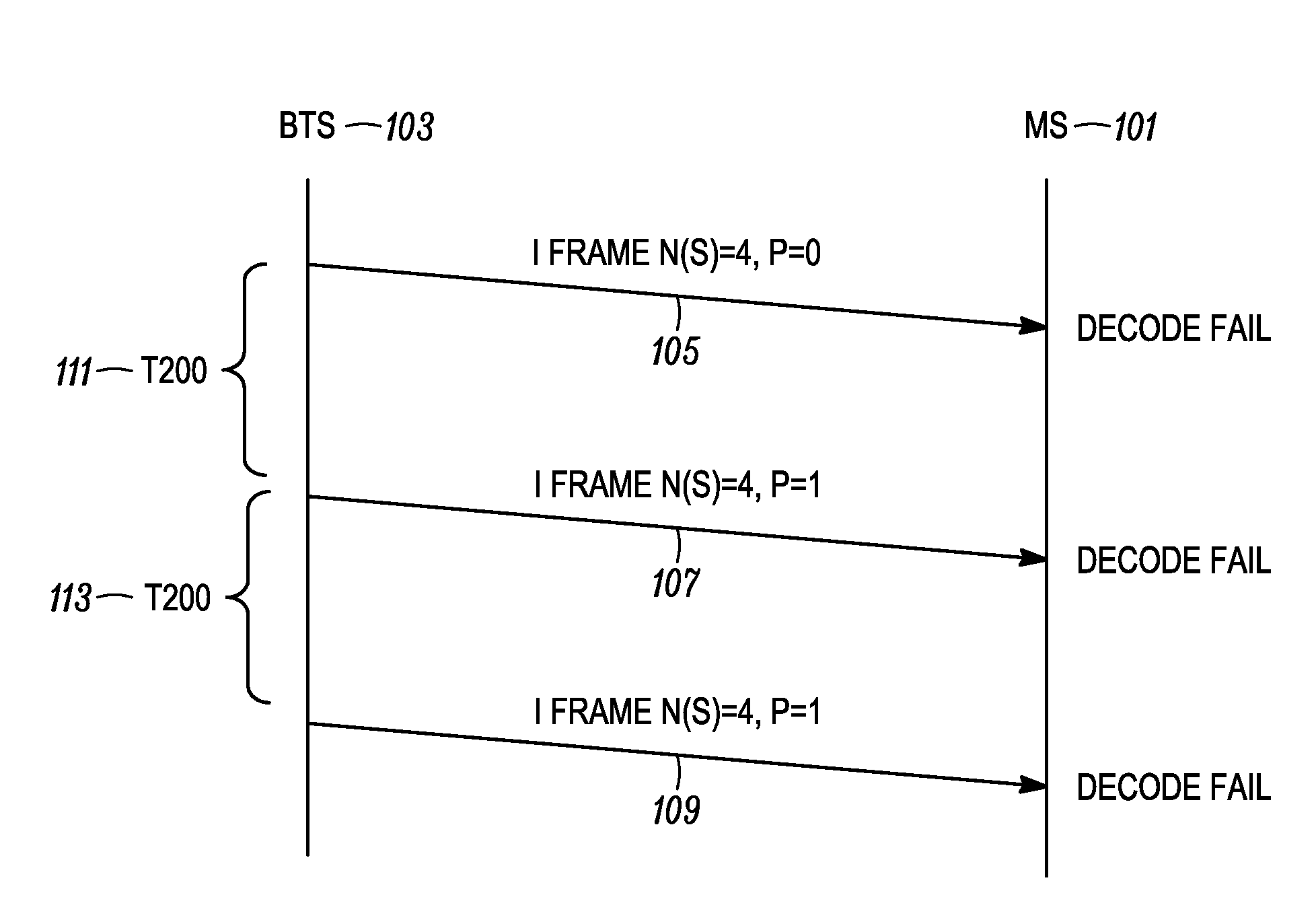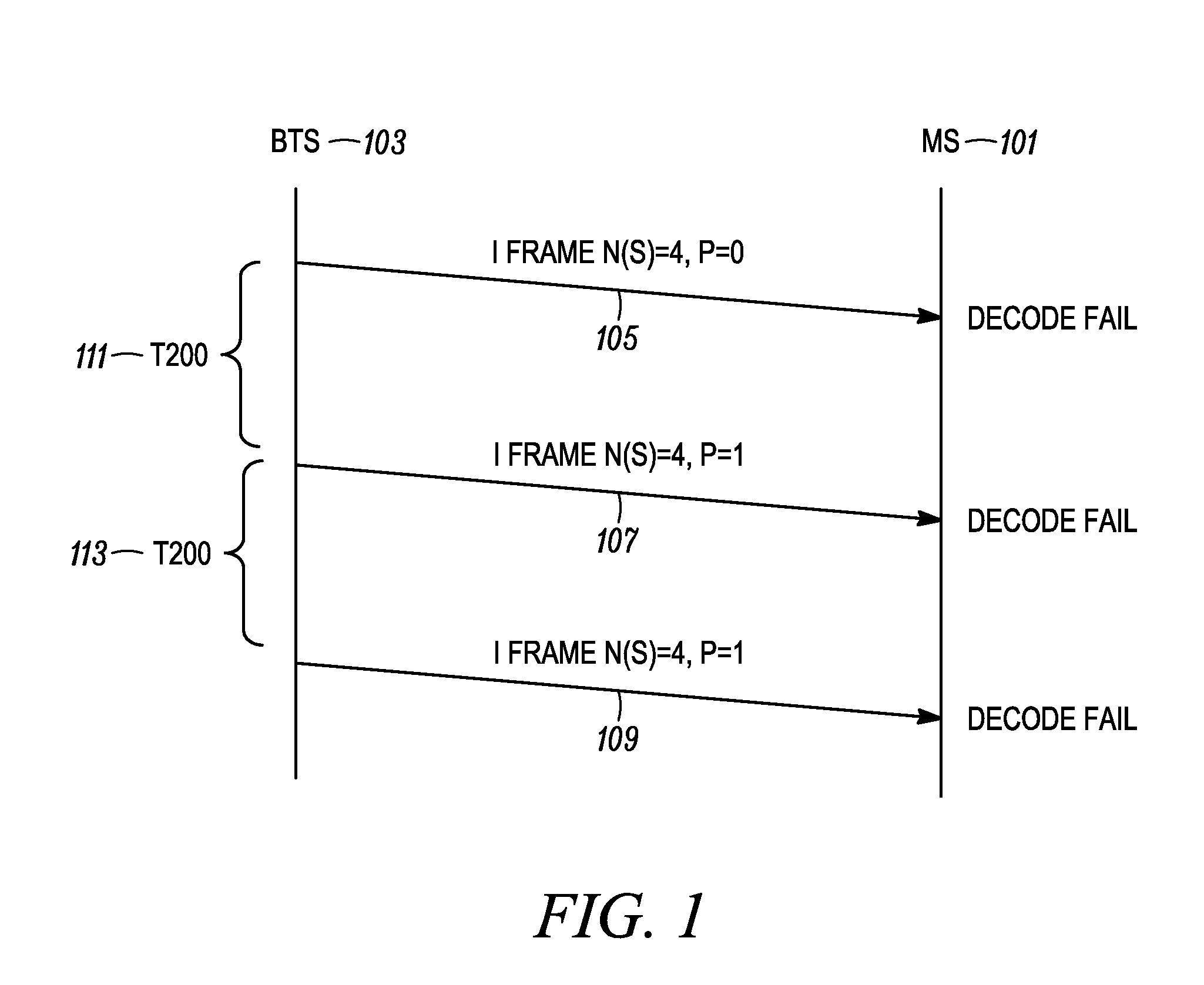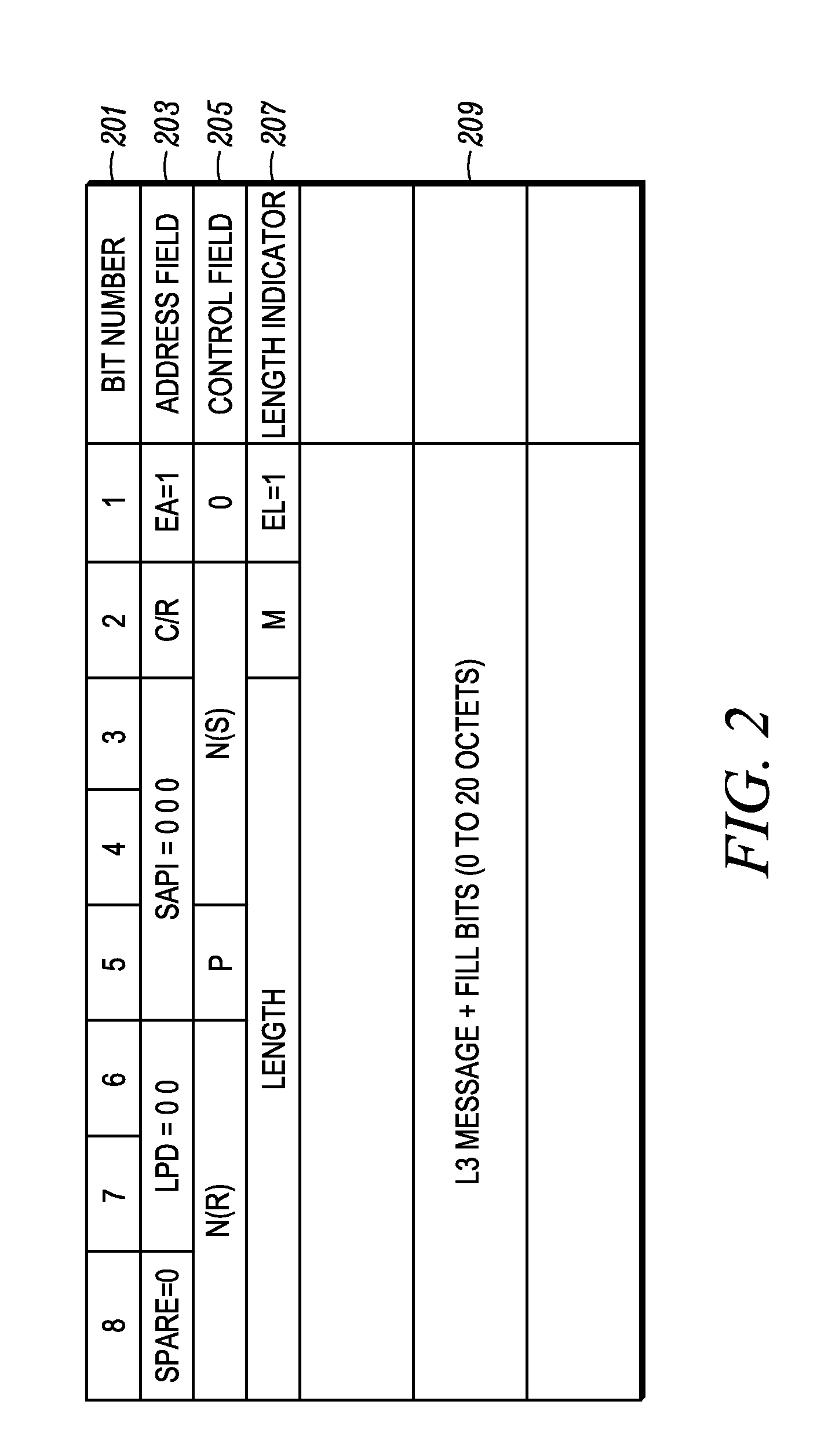Apparatus and methods for jointly decoding messages based on apriori knowledge of modified codeword transmission
a codeword and code transmission technology, applied in the field of apparatus and methods for jointly decoding messages, can solve problems such as the inability to combine control channel blocks directly, the codeword resulting from forward error correction (fec) coding methods, and the drop of calls during the handover process
- Summary
- Abstract
- Description
- Claims
- Application Information
AI Technical Summary
Problems solved by technology
Method used
Image
Examples
Embodiment Construction
[0019]Methods and apparatuses for jointly decoding messages are provided herein.
[0020]In the various embodiments, messages may be jointly decoded based on a priori known differences between initial and subsequent messages, without regard to timing or spacing between initial and subsequent messages as further described herein.
[0021]In some of the embodiments, the properties of Soft-Input, Soft-Output (SISO) decoders may be utilized for the purpose of handling and combining initial messages with subsequent messages having a priori known differences.
[0022]Further in other embodiments, the linear properties of Fire codes and convolutional codes are utilized along with a priori known differences between subsequent message transmissions such that various combining techniques may be effectively employed. In such embodiments, advantageous use is made of the linearity of the message encoding such that if a difference in subsequent message transmission is known, then a difference in codewords...
PUM
 Login to View More
Login to View More Abstract
Description
Claims
Application Information
 Login to View More
Login to View More - R&D
- Intellectual Property
- Life Sciences
- Materials
- Tech Scout
- Unparalleled Data Quality
- Higher Quality Content
- 60% Fewer Hallucinations
Browse by: Latest US Patents, China's latest patents, Technical Efficacy Thesaurus, Application Domain, Technology Topic, Popular Technical Reports.
© 2025 PatSnap. All rights reserved.Legal|Privacy policy|Modern Slavery Act Transparency Statement|Sitemap|About US| Contact US: help@patsnap.com



